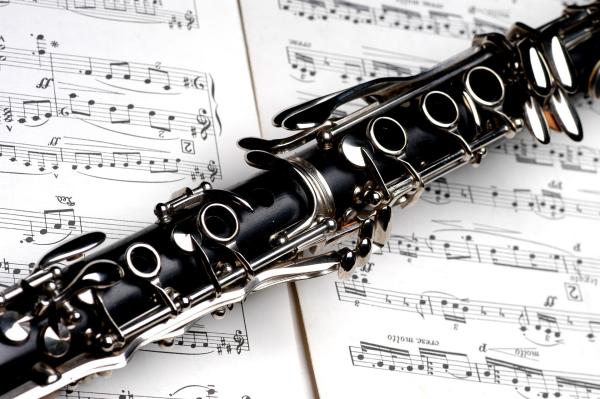“you can feel it, but you just can’t explain it.”
What is known is that in playing jazz, musicians create an unevenness of length between two successive and equal notes. The first, the downbeat, a bit long; the second, the offbeat, a bit short. Now, regular differences like that appeal to the mathematically inclined, and that includes musicians, so the initial theory was that there was some underlying ratio between the down and offbeat that provided the “swing,” aptly named the swing ratio. Before going any further, I know it is difficult for those of us that appreciate but do not make music to think rather than hear what I am describing. The researchers provide an example of downbeat, offbeat, and swing ratio here; go listen; I will be here when you get back.
Welcome back.
The problem with swing ratios is that they don’t create that swing. A competing theory of the intangible quality resides in minor deviations in the timing of those notes, micro timing deviations (MTD). The downbeat remains a bit long, the offbeat a bit short, but the timing between the two has some very small differences, in the 30-millisecond range, an interval that lies below the musicians' conscious knowledge.
 Prior research had considered MTDs as a source of “groove” - the musical aspect that induces a pleasant sensation (enjoyment) and body movement along with the music (entrainment).” (You can read more about how the entrainment of rhythm governs our lives here.) Groove is a necessary but not sufficient component of swing. To directly analyze the role of MTDs, the researchers digitally altered the MTDs of soloists down and offbeats in six jazz pieces. Because there is no agreed-upon definition to swing, the researchers “operationalized” the definition; a sciency way of saying they asked professional and semi-professional musicians whether the piece had swing.
Prior research had considered MTDs as a source of “groove” - the musical aspect that induces a pleasant sensation (enjoyment) and body movement along with the music (entrainment).” (You can read more about how the entrainment of rhythm governs our lives here.) Groove is a necessary but not sufficient component of swing. To directly analyze the role of MTDs, the researchers digitally altered the MTDs of soloists down and offbeats in six jazz pieces. Because there is no agreed-upon definition to swing, the researchers “operationalized” the definition; a sciency way of saying they asked professional and semi-professional musicians whether the piece had swing.
Enough already; what did the researchers uncover?
- There was a necessary swing ratio, the difference in length between the two notes, that varied with the tempo, increasing to a tempo of 160 beats per minute and then decreasing.
- More importantly, the music was felt to swing more frequently when the downbeat was slightly delayed. Delaying both or neither elicited a much less frequent belief by the musicians that the piece had swing. (In the chart, a rating of 3 or 4 was a “greater” sense of swing being present)
- Groove, too, was related to MTDs, but not to the same extent as swing, confirming that they were related but somewhat different musical qualities.
- In a limited review of other musical forms, the MTDs of down and offbeats were not present; it seems inherent in this most American musical forms.
"Apparently, this subtle method of creating the swing feel is used only unconsciously by jazz musicians; they were not aware of the effect."
- Theo Geisel, Emeritus Director Max Planck Institute for Dynamics and Self-Organization
This ability to unconsciously alter a beat is a terrific example of implicit knowledge, knowledge used by the creator, who is only vaguely able to communicate it to others and create explicit knowledge. Implicit or tacit knowledge is one of the many things that make us individuals and not full-time equivalents or whatever other phrase is used by bean counters to count us beans.
Source: Downbeat delays are a key component of swing in jazz. Communication Physics DOI: 10.1038/s42005-022-00995-




